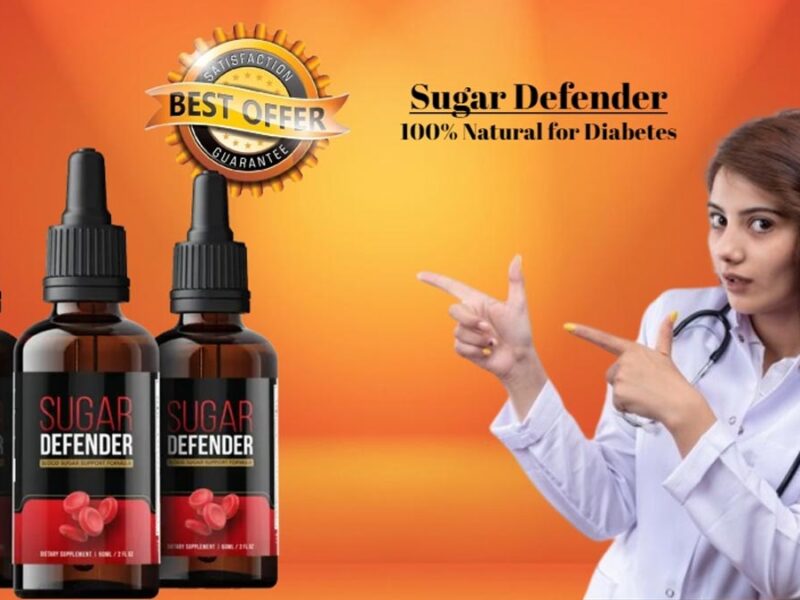With wine it is the equivalent of “Continuing Education classes”; the education and discovery never ends. Even a casual drinker of Port wine eventually will arrive at a point where subjects of “flavor”, “taste” and “mouth-feel” will become-the search. Well, maybe obsession would be the extreme but the experiences with wine are greatly enhanced when there is a focus on the aroma, flavor and mouth-feel of wine. The question now becomes: Are you getting a full 100% enjoyment out of your bottle of wine? Try bringing the total experience of that bottle of wine into your consciousness.
The science behind why we like wine takes a PhD to fully understand, which is why the wine industry is so interested in understanding the science behind wines’ taste, flavor, aroma, and mouth-feel. One of the leaders in this research in the U.S. is Dr. Ann Noble a former professor at the University of California-Davis. Dr. Noble is the premier expert on the interaction of flavor, aroma and mouth-feel and is the inventor of the Wine Aroma Wheel. Another expert on the chemistry of fine wines is Mr. Henry Wedler, a candidate for his PhD in Computational Organic Chemistry. His expertise is the chemistry of fine wines relating to the primary senses of olfaction (perception of aromas), as well as taste (perceived by gustation) as well as of mouth-feel, perceived by the sense of touch (nociception).
The research of Dr. Noble and others and the work in chemistry of Wedler and others, we can begin to explain and understand why we like a specific wine at a given time and with a meal pairing. It can be said that wine is not a drinker’s beverage like beer; it should be enjoyed as art. (Although there are many who would argue that craft beers are similar to wine in their complexity.) Processing why we like specific art is a mental exercise much like appreciating wine art.
There are a plethora of famous quotes from famous people about the artistry of wine, but without the definitions of taste, smell/aromas, and feel of wine in the mouth, it would be truly difficult to be precise in explaining the artistry of wine. Hence, the work of Dr. Noble and Mr. Wedler, amongst others around the wine and academic world, puts words to the music of wine.
In research for this article Dr. Noble added context to the discussion about flavor/taste, aroma, and mouth-feel. “You cannot separate taste, aroma or mouth-feel and still have any meaningful discussion; the three are inextricably related,” said Dr. Noble. “Let me prove my point: hold your nose and take a drink of an unknown beverage and try to define exactly the taste. It is impossible because our brains need the additional references of smell and mouth-feel along with taste.”
To this point it is a fact that the character of wine is best summarized by its flavor, aroma and mouth- feel. We like certain wines based upon the olfactory processing of these cues and our brains reaction to these inputs. To be specific, wine olfactory inputs (aroma compounds) first activate our “olfactory bulb”. Signals sent from the olfactory bulb to other areas in the brain, are ultimately integrated in the prefrontal orbitocortex of our brain with the input from our taste and mouthfeel receptors. The brain dictates likes and dislikes of taste/flavors and therefore it can be reprogrammed to change perceptions with additional experiences. Remember that first taste of something we did not like and people said “it is an acquired taste” and now you like that brie cheese.
Dr. Noble, while at UC Davis developed the Davis Wine Aroma Wheel which is literally a circular depiction (a pie chart format) of three concentric rings radiating from the center of the wheel chart. Moving to the outer ring, each piece of the pie chart adds more complex descriptors of myriad descriptions of wine’s aromas. The Aroma Wheel starts off with 12 simple descriptors that could be called macro aroma’s, and ends (outer ring) with a very defined set of 125 aroma descriptive notes to explain what a person may be smelling in the wine. For example, starting off with a top level smell of vegetation could actually end up in a micro smell that might be as unexpected as- eucalyptus.
The Aroma Wheel will enable the wine drinker to be precise in analyzing smells in wine and eventually progress to a point that Wheel isn’t necessary to mentally organize and define aromas.

